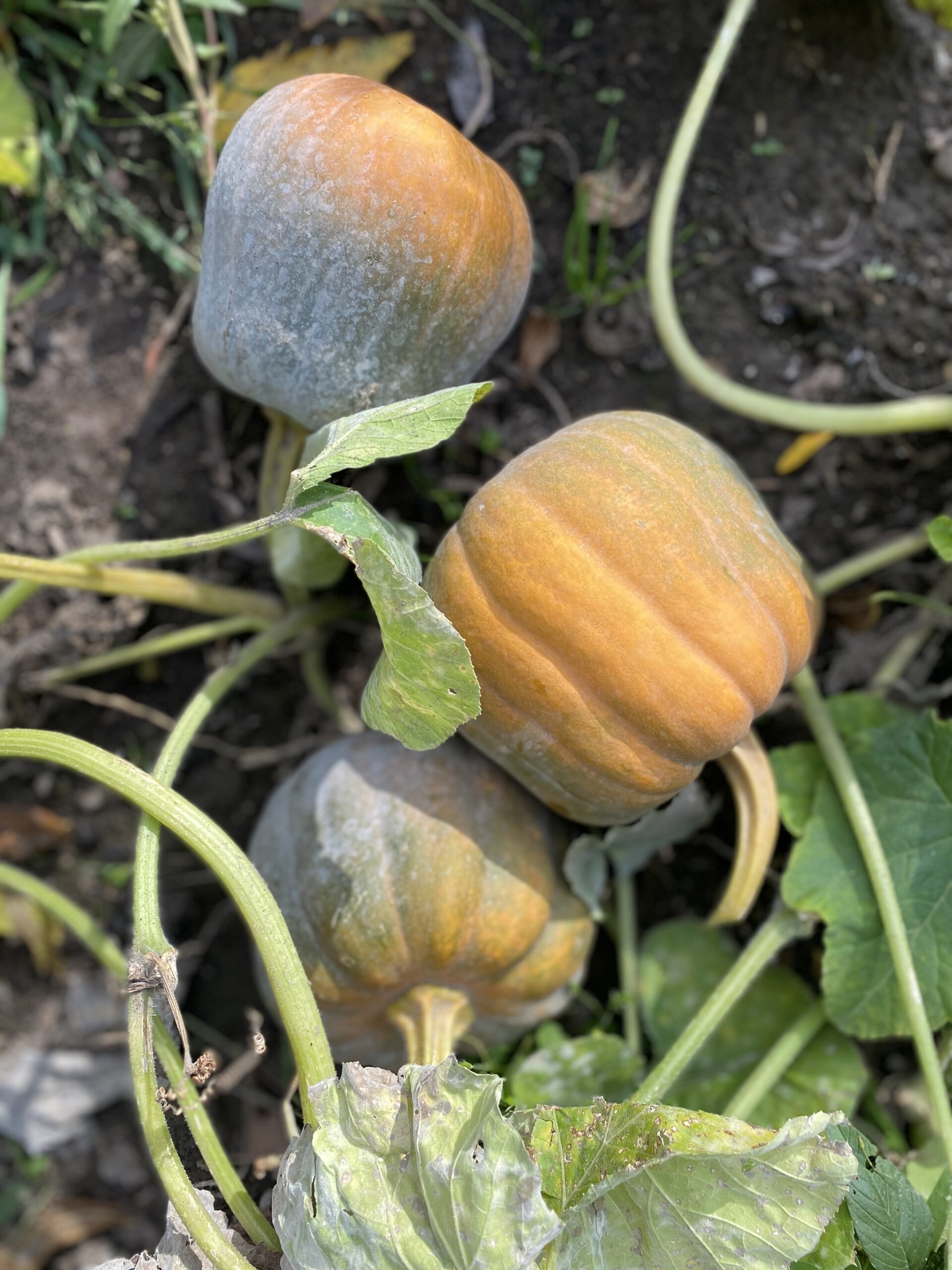How to Grow, Harvest & Store Winter Squash
Winter squash is versatile in the kitchen because it can be used in savory or sweet garden-to-table recipes.
Winter Squash Growing Tips
How to Plant Winter Squash
Start with seeds or plants. *my favorites are Row 7 Experimental 898 & Robins Koginut.
Squash grows well in raised beds, larger containers (min 12 inches deep) or directly in the ground.
Requires 6-8 hours of sunlight.
Plant at the end of your cool season after the threat of a frost. Squash thrives during the warm season and takes 90-110 days to mature.
Bury seeds 1/2-inch deep into the soil.
Make sure your location has space for the plant to sprawl or a trellis for vertical growth.
Rotate your squash location annually.
Winter squash is a large, vining plant. For smaller spaces, you can grow the plant vertically and it will flourish. Vertical growth allows for increased ventilation and less chance of disease. So have fun with an existing structure or add a decorative trellis!
Maintenance
Squash craves water but does not like to be wet. Drainage is crucial. The best method is to test the soil with your finger to feel for moisture. The evaporation rate will be different depending on where you are in the world.
Once a month, top dress with compost or worm castings to support plant growth.
Prune the plant back if it's outgrowing your space. You can cut back to leave stem sections.
Squash is susceptible to certain diseases and pests. A best practice is to apply Arber weekly. I get the powdery mildew at the end of the season, but that's ok; it's close to harvest time.
Squash is low maintenance compared to other plants in the garden. The vital part is to nourish it. The healthier the soil, the healthier the plant!
Harvesting
The best practice is to harvest before a hard frost. However, ideally, we want to ensure the fruit ripens on the vine before we harvest.
As you near the 3-month mark, survey your squash. Once they are a uniform color with minimal green striping (depending on variety), they are ready for harvest. You can also skin test with your fingernail. If the outside skin is thick, it's good to go.
Another indicator is to check the stem that connects the fruit and plant. The stem should be hard adn dry if it is ready to be harvested.
Prune the fruit, leaving a 3-inch stem.
If there is a threat of frost, you can harvest early. It will ripen in a warm location over a week or two.
If you have storage space, leave the fruit for 10 days. This evaporates excess water, increases sweetness, and extends shelf life.
Preserving
Store it in a cool, well-ventilated area for up to 6 months.
Roast and freeze it
Make your favorite dishes and freeze portions for later. Think loaves of bread, cookies, squash bakes, and soup!
Growing squash is an advantageous addition to any garden. Even though it usually ripens all at once, it stores for a longer period than most crops.
Nutritional Benefits of Winter Squash
Easy to digest and rich in antioxidants.
High in vitamins A, E, C, B, iron, zinc, beta carotene, calcium and potassium which all are beneficial in supporting the immune system.
An abundance of fiber which is ideal for digestion, weight loss and inflammation reduction.
Easy Ways to Cook Winter Squash
Roast it and enjoy. Go sweet or savory.
Add roasted squash to a salad with cranberries and pecans!
Bake loaves of bread and breakfast cookies.
Whip up a Thanksgiving squash casserole.
Think spaghetti squash pasta & butternut ravioli.
Soups. Again, sweet or savory.



